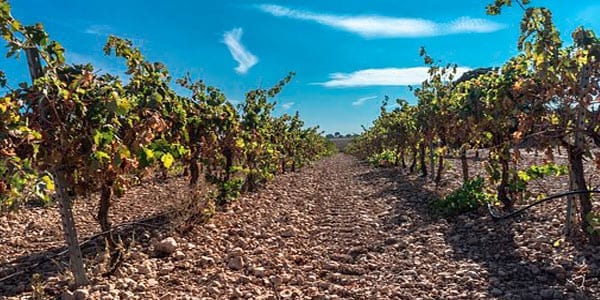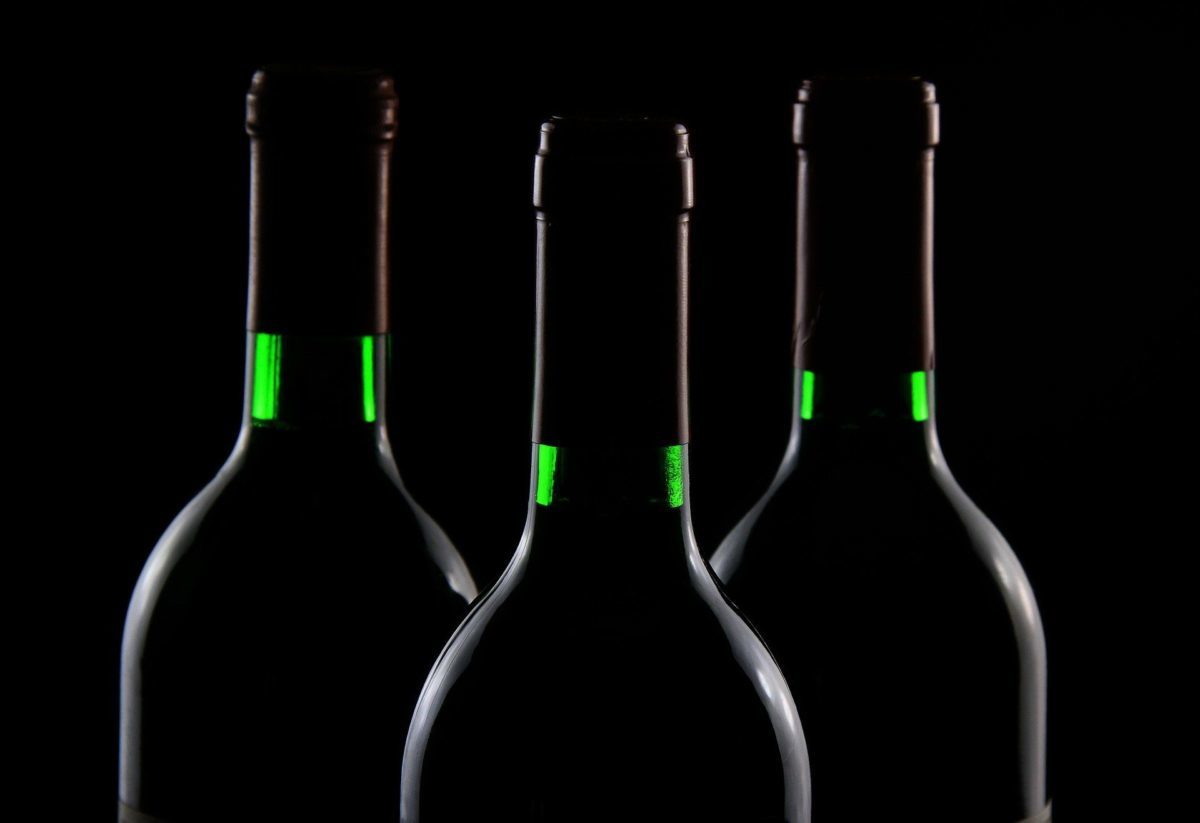
La DOCa Rioja today has regulated the identification of wines of origin from unique vineyards. This in response to the market that is increasingly interested in knowing the origin of its wines. Especially when they refer to specific places.
This is how the Regulatory Council
“The new mention seeks to differentiate a specific vineyard from a place from its surroundings. It sets demands in accordance with the quality and authenticity policy. Which are offered to consumers by the Regulatory Council. Thus, for example, it will be necessary to technically justify the natural delimitation of the 'singular vineyard' »
«It will respond to a prolonged ownership in time, whose age must exceed 35 years. Its yields will be more than 20% lower than those authorized for the DO as a whole. It will be a balanced vineyard with limited vigor, for which manual harvesting and traceability of production will be required. "
«With a previous control, as well as a double qualitative evaluation. The initial qualification and another assessment prior to going to market. Which in the latter case should be 'excellent'. Thus, the current categories of Joven, Crianza, Reserva and Gran Reserva will have this additional information on the label "
Responds to the market that demands that Rioja promote unique vineyards
In the same plenary session, the regulatory council of The Rioja has decided to adapt its regulations so that it can accommodate the production of white and rosé sparkling wines quality. They are obtained by the traditional method and that will be reflected in the labeling.
It will be allowed to work with all varieties, delimiting the graduation between 11th and 13th. For all this, a qualitative double evaluation with a physical-chemical and organoleptic assessment prior to being released from the market.
In this way, a minimum period of 15 months will be required for the second fermentation, reaching 36 months for the highest ranges.






